Digital Camera World Verdict
The Sigma 150-600mm f/5-6.3 DG DN OS Sports is hard to beat. It’s superbly well-engineered, weather-sealed, has a wealth of features and delivers excellent image quality. If you're an E-mount or L-mount user and are after a super-telephoto lens for sports or wildlife photography, this is an excellent choice. It offers a flexible focal range, pro-spec features, high build quality, and all at a very fair price.
Pros
- +
Excellent image quality
- +
Solid, weather-sealed build
- +
Extensive features
Cons
- -
Non-removable tripod collar
- -
Inevitably heavy and bulky
Why you can trust Digital Camera World
We're big fans of Sigma's existing Sigma 150-600mm f/5-6.3 DG OS HSM |S lens, but since it has only been available for Canon, Nikon and Sigma DSLRs, mirrorless users have been out of luck... until now!
The Sigma 150-600mm F5-6.3 DG DN OS Sports is a refreshed version of the old DSLR lens, available in E-mount or L-mount options, making it compatible with full-frame Sony, Panasonic, Leica and Sigma camera bodies.
Read more: The best 150-600mm lenses
Like the exceptional DSLR version, this super-telephoto zoom is ideal for wildlife, sports, motorsports and other action photography. However, the DN variant has been designed and built specifically for mirrorless cameras (including high-resolution models such as the 61MP Sony A7R IV and the manufacturer's own Sigma fp L) and is both 760g lighter and 26.6mm shorter than the DSLR version.
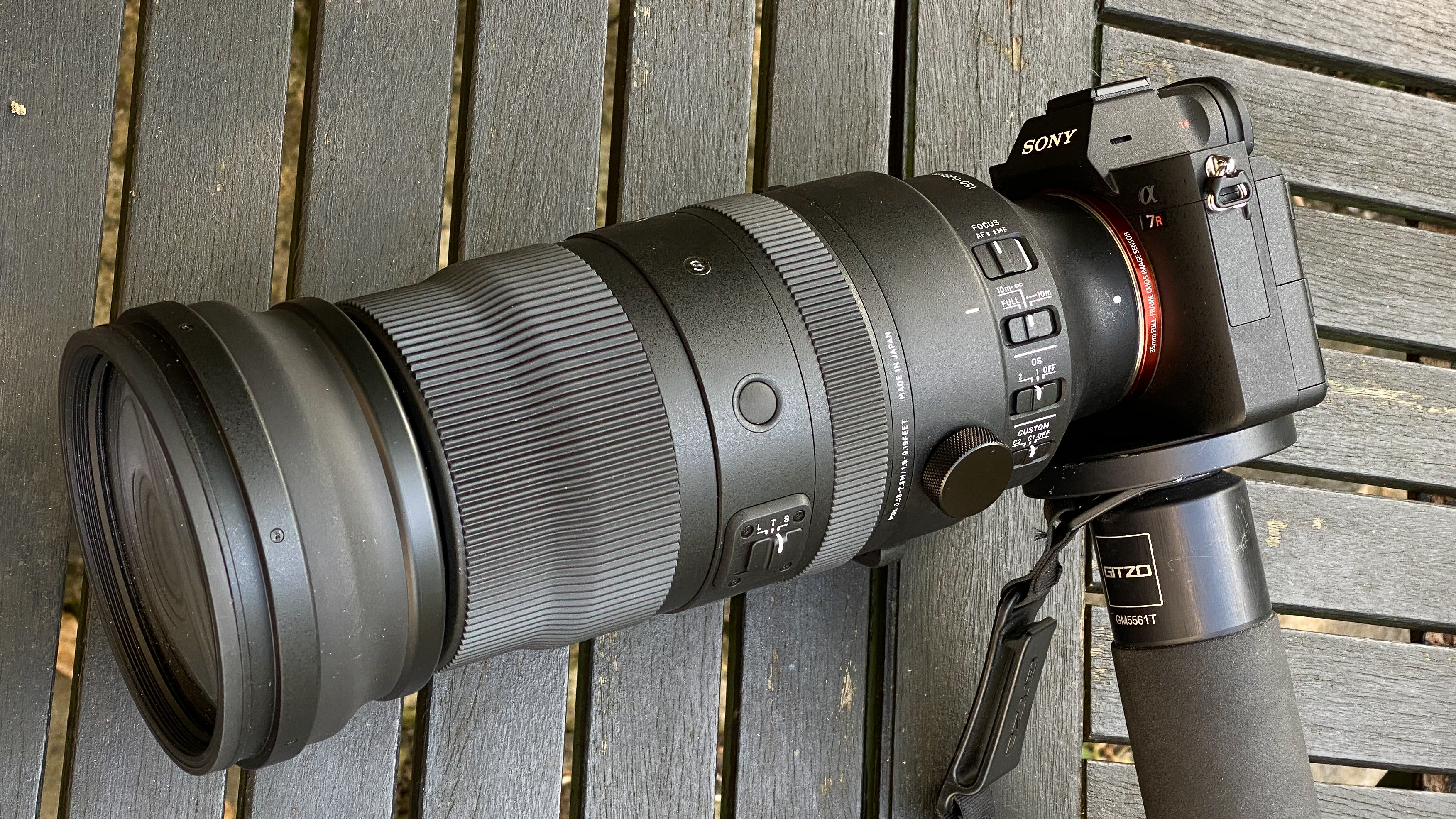
Specifications
Mounts: E-mount, L-mount
Full frame: yes
Autofocus: yes
Lens construction: 25 elements in 15 groups
Angle of view: 16.4-4.1 degrees
Diaphragm blades: 9
Minimum aperture: f/22-29
Minimum focusing distance: 58-280cm
Maximum magnification ratio: 1:2.9
Filter size: 95mm
Dimensions: 109.4x265.6mm
Weight: 2,100g

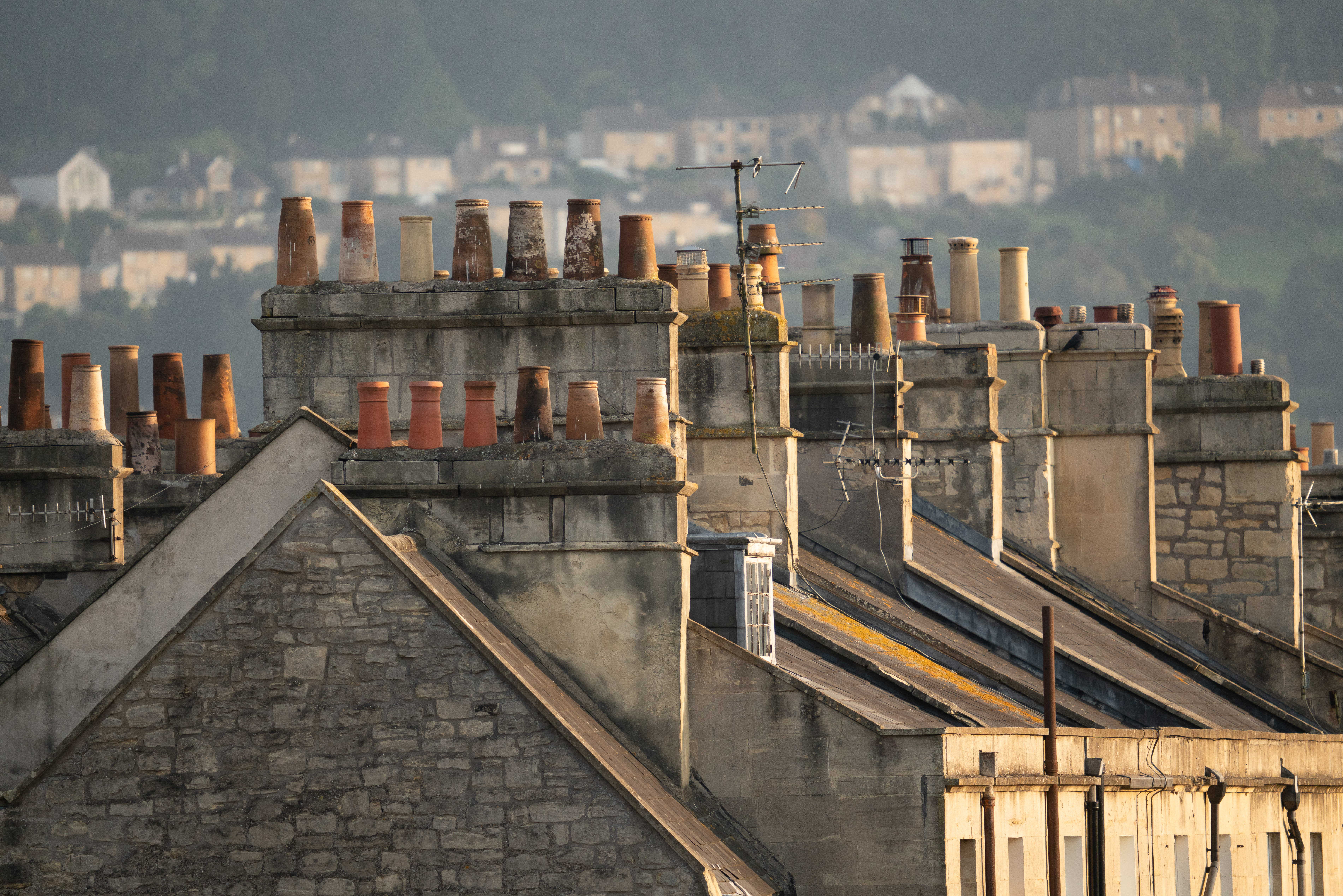
Key features
The Sigma 150-600mm F5-6.3 DG DN OS Sports inherits most of its signature features from its DSLR counterpart, though the optical path does differ slightly from the DSLR version, as it is comprised of 25 elements arranged in 15 groups, including four FLD Elements and two SLD elements to reduce aberrations. Sigma's Super Multi-Layer Coating is employed to reduce flare and ghosting, and a water and oil-repellent coating is applied to the front element to bead away rain droplets and minimize fingerprints.
The lens also boasts optical stabilization - essential for a lens with a focal length this long - giving an effective shutter speed reduction of 4 stops, ensuring rock-solid stability even at maximum zoom.
A rounded 9-blade diaphragm should ensure smooth bokeh, especially when combined with the naturally shallow depth of field gained from shooting at such long focal lengths. Minimum focus distance varies from 58cm at the short end of the zoom range, to 280cm at max zoom.
The lens can even be used with Sigma's 1.4x and 2x teleconverters for L-Mount bodies, delivering effective autofocus up to an enormous 1200mm.
Build and handling
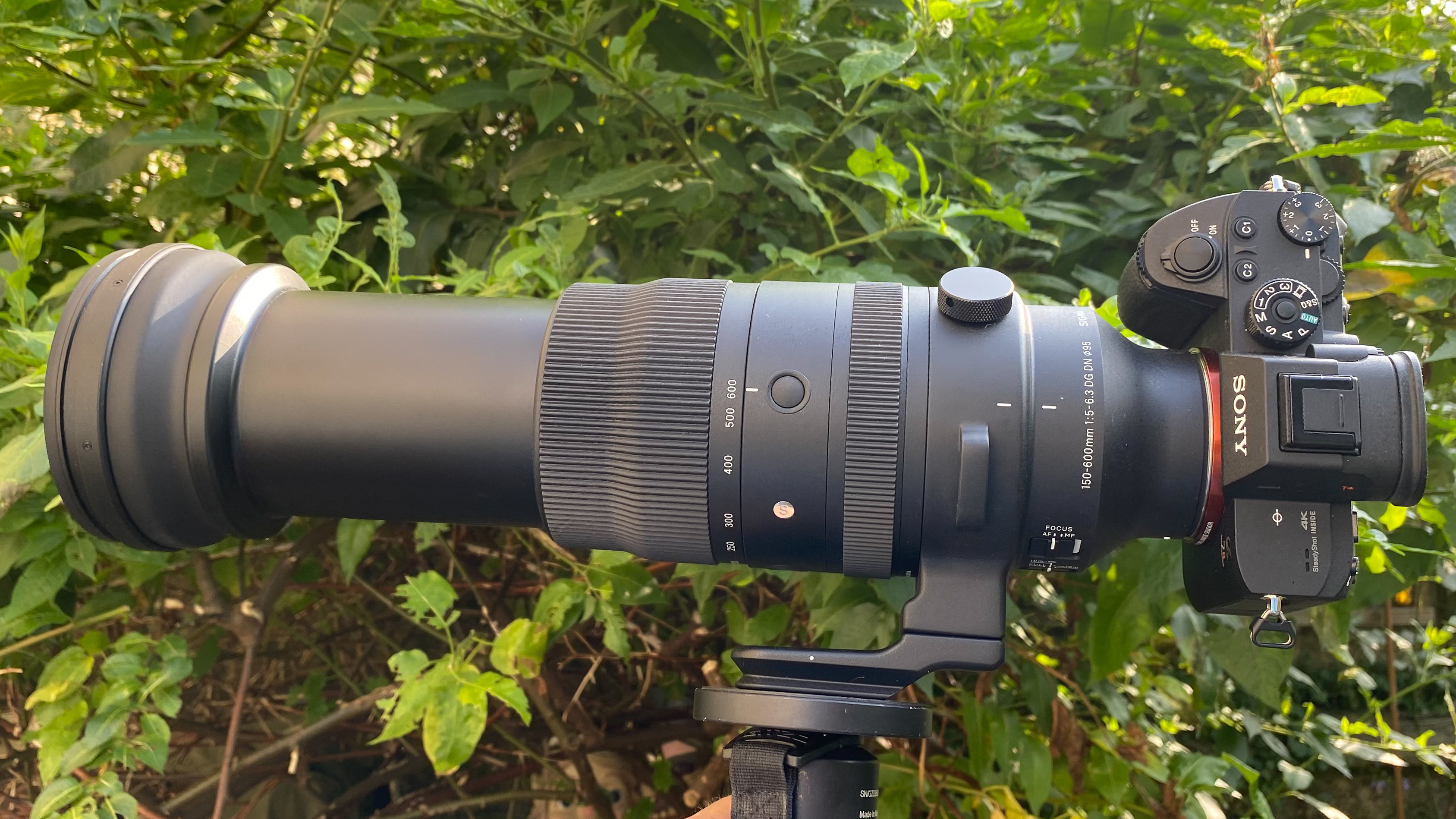
As you'd expect from a Sigma Sports lens, build quality is reassuringly solid. Both the zoom and focus rings are tactile and smooth to operate, and the lens feels every bit as robust as an own-brand Sony or Panasonic lens. The metal lens barrel features strap lugs - useful given the lens's hefty 2.1kg weight - something which isn't helped by the non-removable tripod mounting ring. At least the tripod foot can be detached to save a few grams when shooting hand-held. Even so, in redesigning the lens for mirrorless mounts, Sigma has made the lens a whipping 760g lighter than its DSLR sibling, and 26.6mm shorter.
The new lens carries over controls from the DSLR version, like dual autofocus modes, dual stabilization modes, a two-position autofocus range limiter switch and two custom modes. With these, you can alter AF speed, the amount of the stabilization effect that’s visible as you shoot, and more besides. But Sigma has added a new Zoom Torque switch to the DN version. This gives you the option to adjust the level of zoom ring resistance from Lock (locked at the wide end for transport), through a tight setting that prevents zoom creep, to a smooth setting for easy, smooth zooming.
Performance & image quality




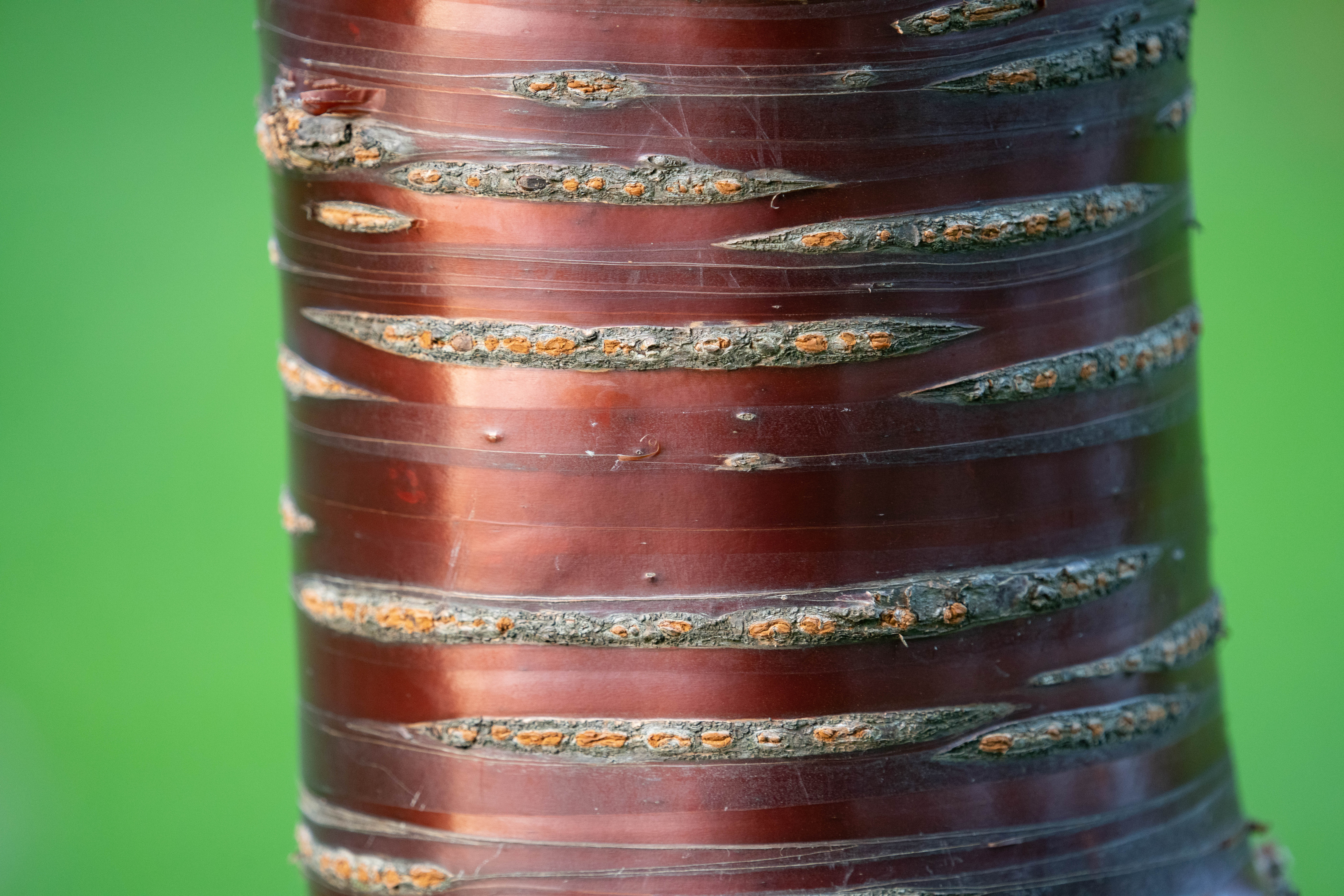
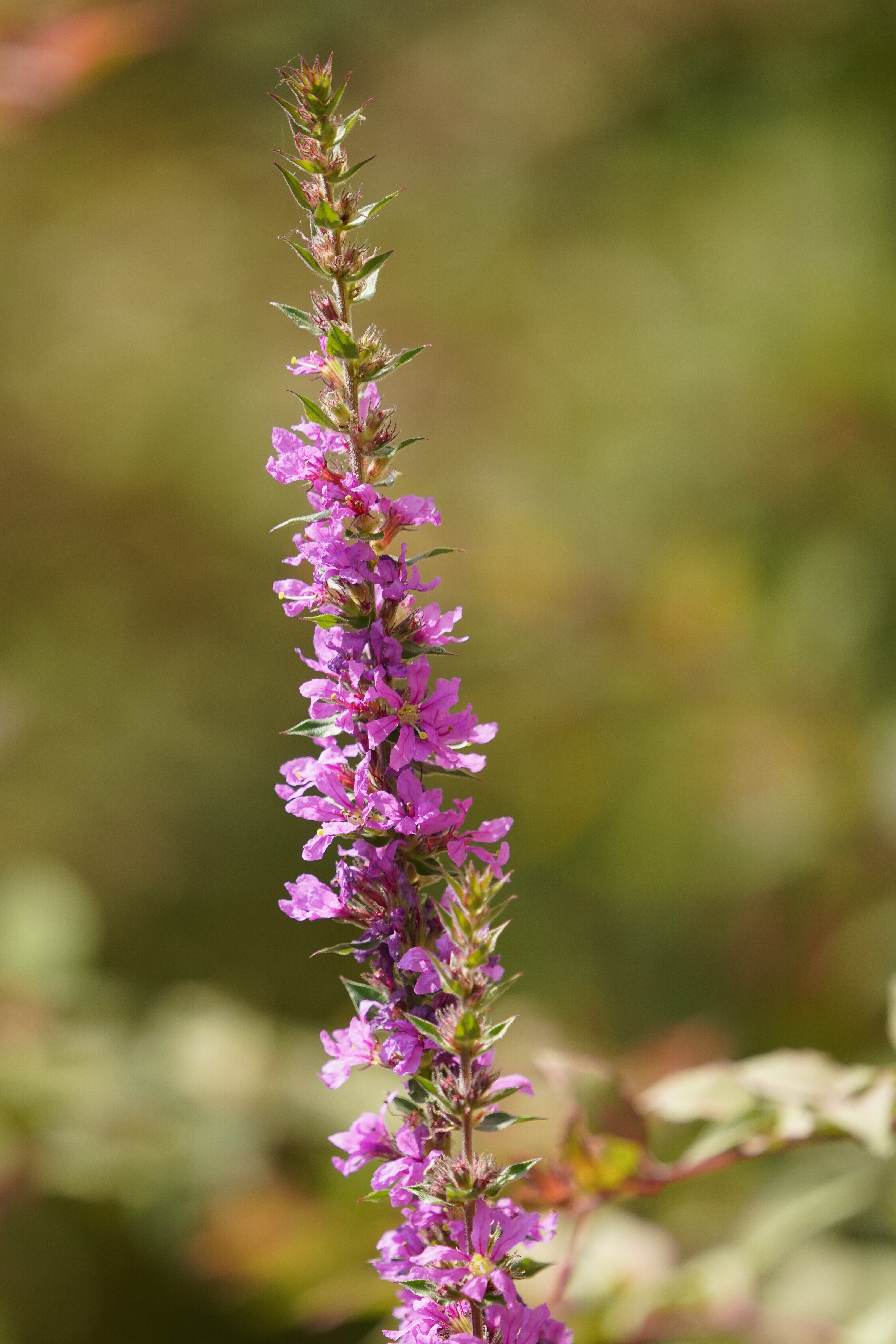
We tested the E-mount version of the lens, on a Sony A7R III body. In our testing the lens was impressively sharp through its entire zoom range, especially in the centre of frame. Inevitably corner sharpness is a little softer, but this will rarely be an issue when your subject is likely to be set against a blurred background due to a shallow depth of field. Thankfully, bokeh is pleasingly smooth.
As with any super-telephoto lens, you'll need to take some time to set up your camera's autofocus to ensure consistently sharp, in-focus shots at extreme focal lengths where depth of field is minimal. But get the set-up right and the new Sigma 150-600mm Sports is capable of delivering a satisfying hit rate of sharp shots.
Lab results
We run a range of lab tests under controlled conditions, using the Imatest Master testing suite. Photos of test charts are taken across the range of apertures and zooms (where available), then analyzed for sharpness, distortion and chromatic aberrations.
We use Imatest SFR (spatial frequency response) charts and analysis software to plot lens resolution at the centre of the image frame, corners and mid-point distances, across the range of aperture settings and, with zoom lenses, at four different focal lengths. The tests also measure distortion and color fringing (chromatic aberration).
Sharpness:
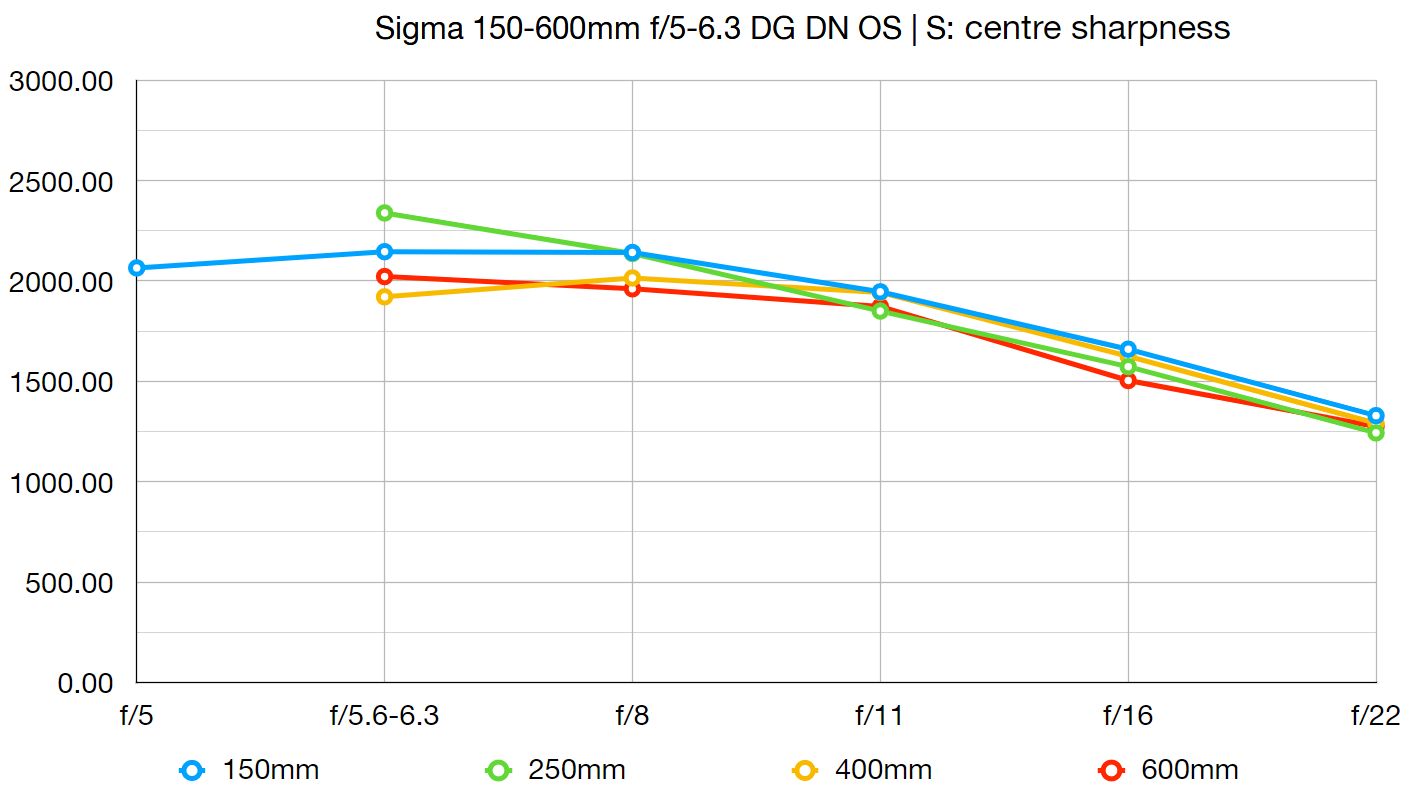
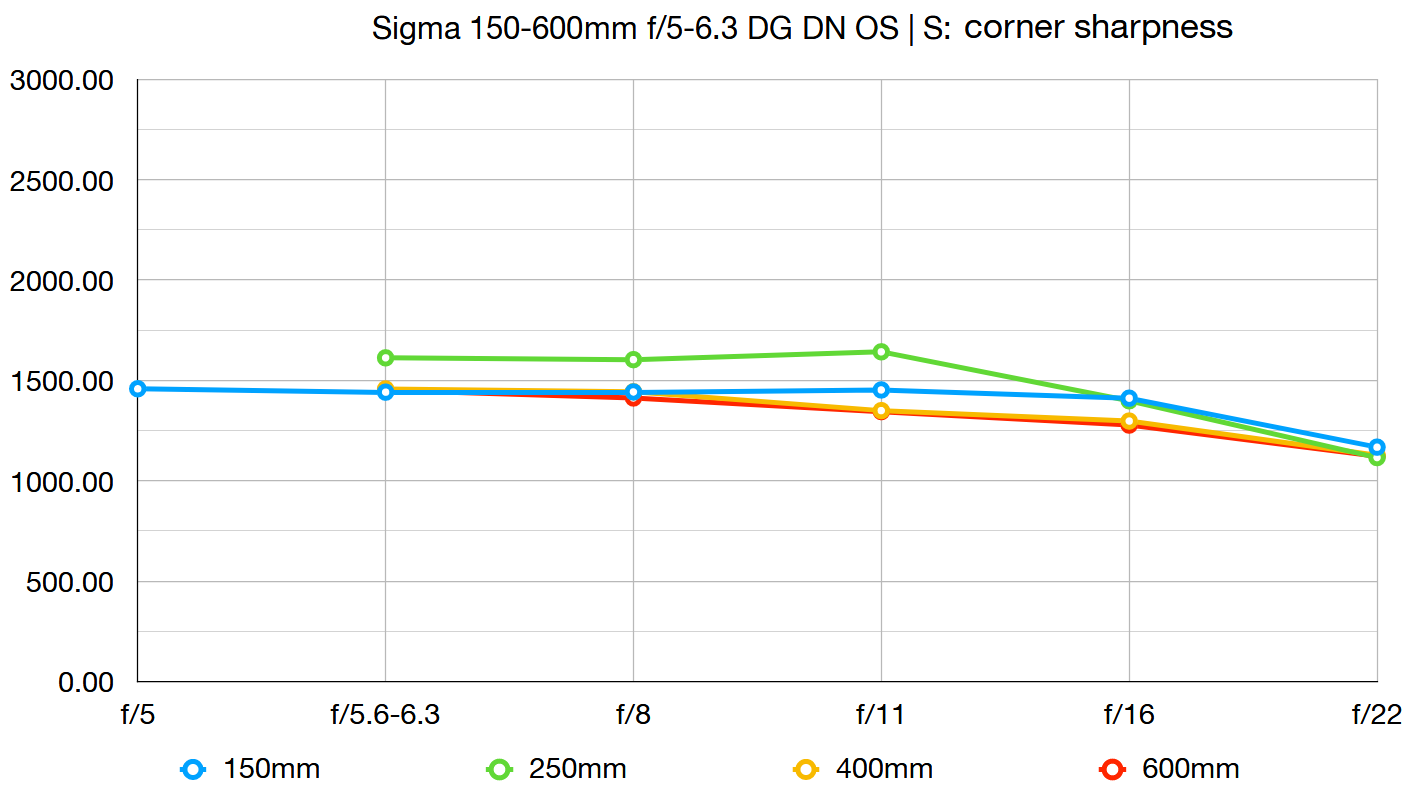
Center sharpness is excellent at all focal lengths, from wide open through to f/11. Corner sharpness takes an inevitable dip, though not to the extent you could call image quality 'soft'. Corner sharpness is also remarkably consistent, throughout the aperture and focal range.
Fringing:
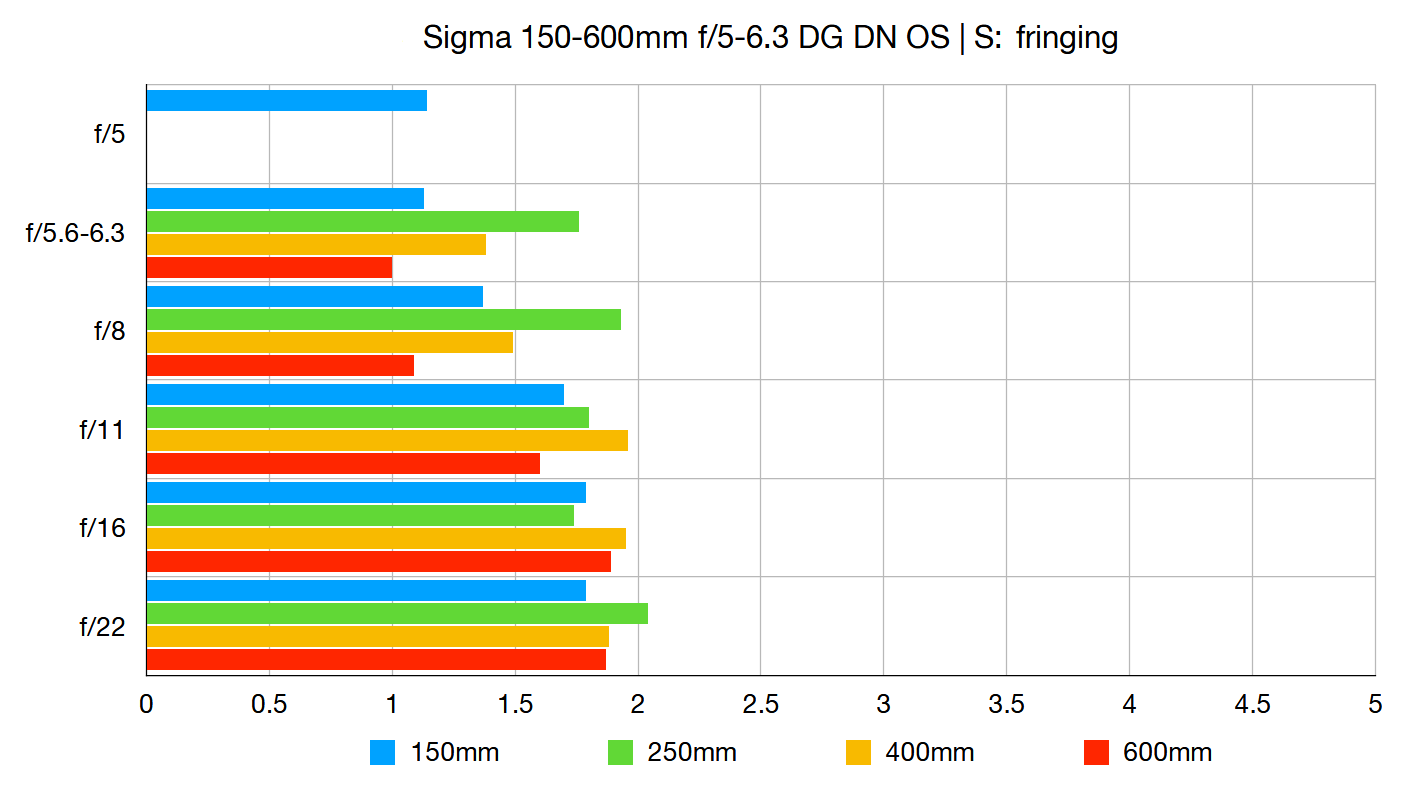
Fringing is an issue with the 150-600mm, being noticeable at all focal lengths and apertures. That said, it never reaches worrying levels, and could easily be minimized by enabling in-camera aberration correction.
Distortion:

There's slight pincushion distortion at all focal lengths (with in-camera correction disabled), but it's consistently minimal.
Verdict
For a zoom lens with sheer super-telephoto clout and all-round performance, the Sigma 150-600mm f/5-6.3 DG DN OS Sports is hard to beat. It’s superbly well-engineered, weather-sealed, has a wealth of features and delivers excellent image quality.
Its obvious rival for Sony shooters is Sony's excellent FE 200-600mm F5.6-6.3 G OSS. However, the Sony lens costs around 25% more than the Sigma, while offering less wide-angle range. It's also physically longer, though its internal zoom mechanism does make the Sony shorter when used at longer focal lengths.
If you're an E-mount or L-mount user and are after a super-telephoto lens for sports or wildlife photography, the Sigma 150-600mm f/5-6.3 DG DN OS Sports is an excellent choice. It offers a flexible focal range, pro-spec features, high build quality, and all at a very fair price.
Read more:
• The best telephoto lenses
• The best 150-600mm lenses
• The best Sony lenses
• The best L-mount lenses
• The best budget telephoto-zoom lenses
• Best lenses for bird photography
Ben is the Imaging Labs manager, responsible for all the testing on Digital Camera World and across the entire photography portfolio at Future. Whether he's in the lab testing the sharpness of new lenses, the resolution of the latest image sensors, the zoom range of monster bridge cameras or even the latest camera phones, Ben is our go-to guy for technical insight. He's also the team's man-at-arms when it comes to camera bags, filters, memory cards, and all manner of camera accessories – his lab is a bit like the Batcave of photography! With years of experience trialling and testing kit, he's a human encyclopedia of benchmarks when it comes to recommending the best buys.



